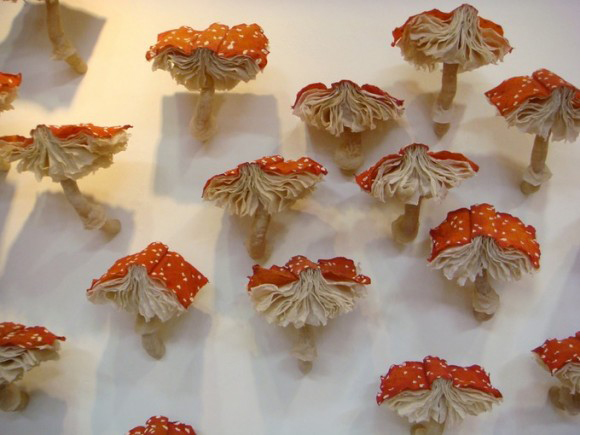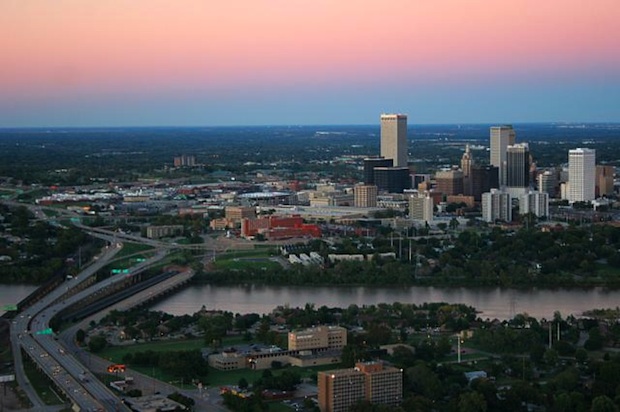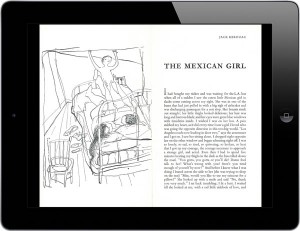On Monday night974 Archives a truly rare astronomical event will occur: Jupiter and Saturn will align in what NASA's calling the "great conjunction."
Jupiter and Saturn align in the sky once every two decades, according to NASA. Why are they calling this a great conjunction, then? For one, it's been nearly 400 years since the two planets will appear this close to each other in the sky. To us, it'll look like they're a tenth of a degree apart; NASA said that at arm's length, a pinky finger could cover both planets.
A "great conjunction" occurred in July 1623 but it was impossible for humans to see because it was so close to the sun, according to the Associated Press.
This Tweet is currently unavailable. It might be loading or has been removed.
That's not all, though. This conjunction is so special because it's been nearly 800 years since since Jupiter and Saturn's alignment occurred at night — so this time, we can see it happen. "What is most rare is a close conjunction that occurs in our nighttime sky," Vanderbilt University astronomy professor David Weintraub explained to AP.
The unaided eye will be able to see the planets very close together, even though in actuality they're millions of miles apart in space. NASA broke down how you'll be able to see this once-in-800-years occurrence on Monday, Dec. 21:
Find an unobstructed view of the sky, such as at a park. Don't worry, city-dwellers — Jupiter and Saturn are so bright, NASA estimates you'll be able to view the conjunction from most cities.
Look at the sky in the southwest direction an hour after sunset. "Jupiter will look like a bright star and be easily visible," NASA explains. "Saturn will be slightly fainter and will appear slightly above and to the left of Jupiter until Dec. 21, when Jupiter will overtake it and they will reverse positions in the sky."
If you have binoculars or a telescope, you may be able to see Jupiter's four large moons!
This Tweet is currently unavailable. It might be loading or has been removed.
"I think it's fair to say that such an event typically may occur just once in any one person's lifetime," Weintraub told AP, adding: "And I think 'once in my lifetime' is a pretty good test of whether something merits being labeled as rare or special."
Indeed, a conjunction this close won't occur again until 2080 — so set your timer for an hour after sunset Monday night.
UPDATE: Dec. 19, 2020, 1:18 p.m. EST An earlier version of this post incorrectly referred to the "great conjunction" at several points as the "great conjecture."
(Editor: {typename type="name"/})
 Shop Owala's Memorial Day Sale for 30% off tumblers
Shop Owala's Memorial Day Sale for 30% off tumblers
 Here's what Trump paid for each new Biden vote in Wisconsin
Here's what Trump paid for each new Biden vote in Wisconsin
 Rudy Giuliani (almost definitely) farted while flailing to overturn Michigan election results
Rudy Giuliani (almost definitely) farted while flailing to overturn Michigan election results
 Twitter reportedly ran family
Twitter reportedly ran family
 The best day to book your flight, according to Google
The best day to book your flight, according to Google
Waymo data shows humans are terrible drivers compared to AI
 Now operating in cities like L.A., San Francisco, Phoenix, Austin, and Atlanta, the robotaxis of Way
...[Details]
Now operating in cities like L.A., San Francisco, Phoenix, Austin, and Atlanta, the robotaxis of Way
...[Details]
Our Books Lack Feelings, and Other News by Sadie Stein
 Our Books Lack Feelings, and Other NewsBy Sadie SteinMarch 21, 2013On the ShelfOver at Ploughshares,
...[Details]
Our Books Lack Feelings, and Other NewsBy Sadie SteinMarch 21, 2013On the ShelfOver at Ploughshares,
...[Details]
 The bimbo is back and Gen Z is reclaiming it with a leftist flair.The modern bimbo is hyperfeminine,
...[Details]
The bimbo is back and Gen Z is reclaiming it with a leftist flair.The modern bimbo is hyperfeminine,
...[Details]
To test for the real coronavirus, scientists made a fake sample
 When Dr. Soo Khim Chan runs what appears to be a regular virus sample through a COVID-19 test, she k
...[Details]
When Dr. Soo Khim Chan runs what appears to be a regular virus sample through a COVID-19 test, she k
...[Details]
Best vacuum mop combo deal: Save $140 on the Tineco Floor One S5
 SAVE $140:The Tineco Floor One S5 smart wet dry vacuum is on sale at Amazon for $309.99, down from t
...[Details]
SAVE $140:The Tineco Floor One S5 smart wet dry vacuum is on sale at Amazon for $309.99, down from t
...[Details]
Cult Classic: Defining Katherine Mansfield by Kirsten O'Regan
 Cult Classic: Defining Katherine MansfieldBy Kirsten O'ReganMarch 18, 2013Arts & CultureIn “Je N
...[Details]
Cult Classic: Defining Katherine MansfieldBy Kirsten O'ReganMarch 18, 2013Arts & CultureIn “Je N
...[Details]
Blurring the Lines: An Interview with Michelle Orange by Michele Filgate
 Blurring the Lines: An Interview with Michelle OrangeBy Michele FilgateMarch 19, 2013At WorkLast mon
...[Details]
Blurring the Lines: An Interview with Michelle OrangeBy Michele FilgateMarch 19, 2013At WorkLast mon
...[Details]
AOC raised $200,000 for charity on her 'Among Us' Twitch stream Friday
 New York Rep. Alexandria Ocasio-Cortez is now a pro (or close to it) at Twitch and the popular game
...[Details]
New York Rep. Alexandria Ocasio-Cortez is now a pro (or close to it) at Twitch and the popular game
...[Details]
'The Last of Us' Season 2, episode 4: Why Ellie sings 'Take on Me'
 As a TV adaptation of Naughty Dog's games, The Last of Usincludes more than a few hidden references
...[Details]
As a TV adaptation of Naughty Dog's games, The Last of Usincludes more than a few hidden references
...[Details]
 MapsBy Ben LytalMarch 26, 2013Arts & CulturePeople pretend the idea of fact-checking fiction is
...[Details]
MapsBy Ben LytalMarch 26, 2013Arts & CulturePeople pretend the idea of fact-checking fiction is
...[Details]
Hurricane Laura's impact lingered with nightmarish mosquito swarms

On the Road iPad by Stephen Hiltner

接受PR>=1、BR>=1,流量相当,内容相关类链接。